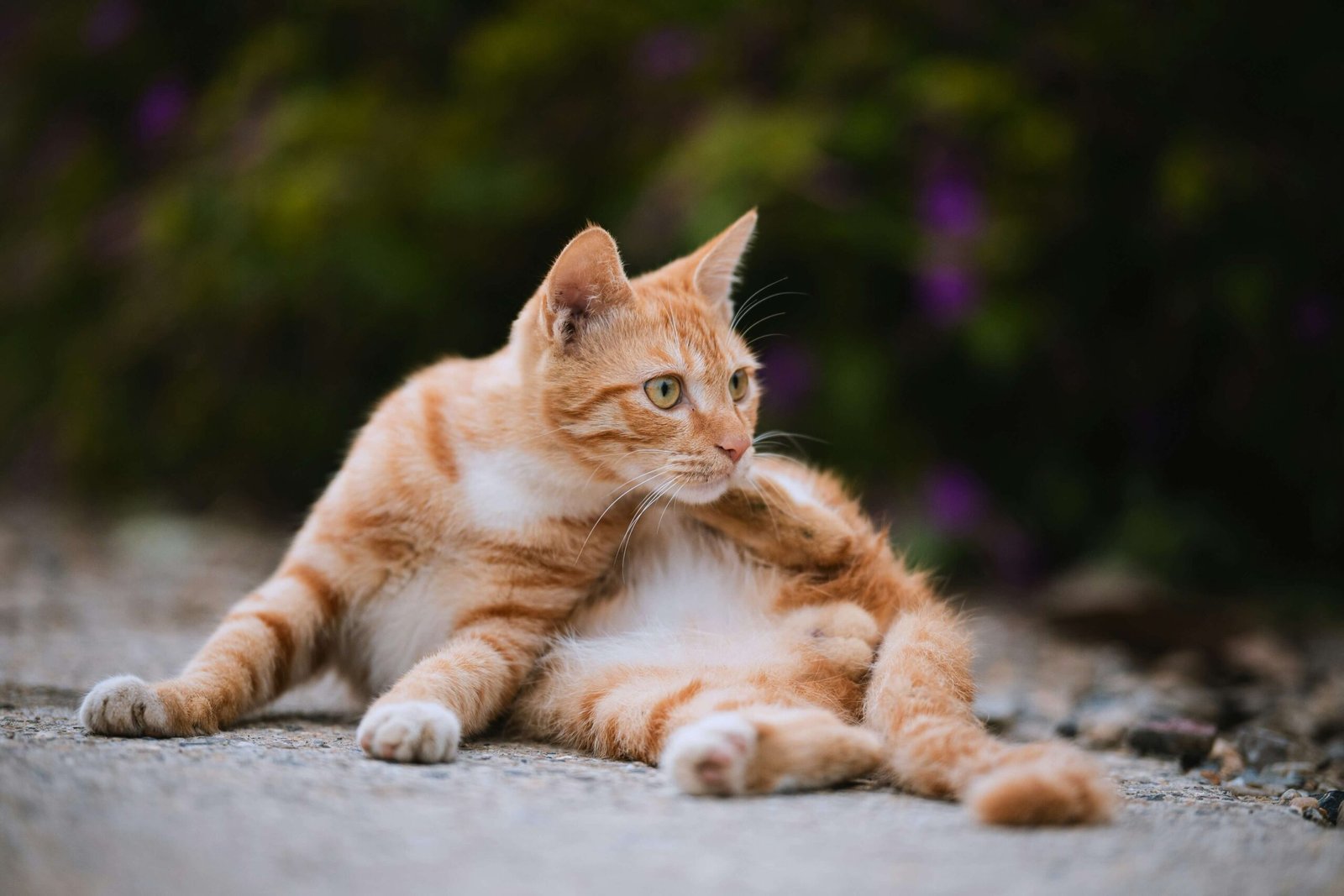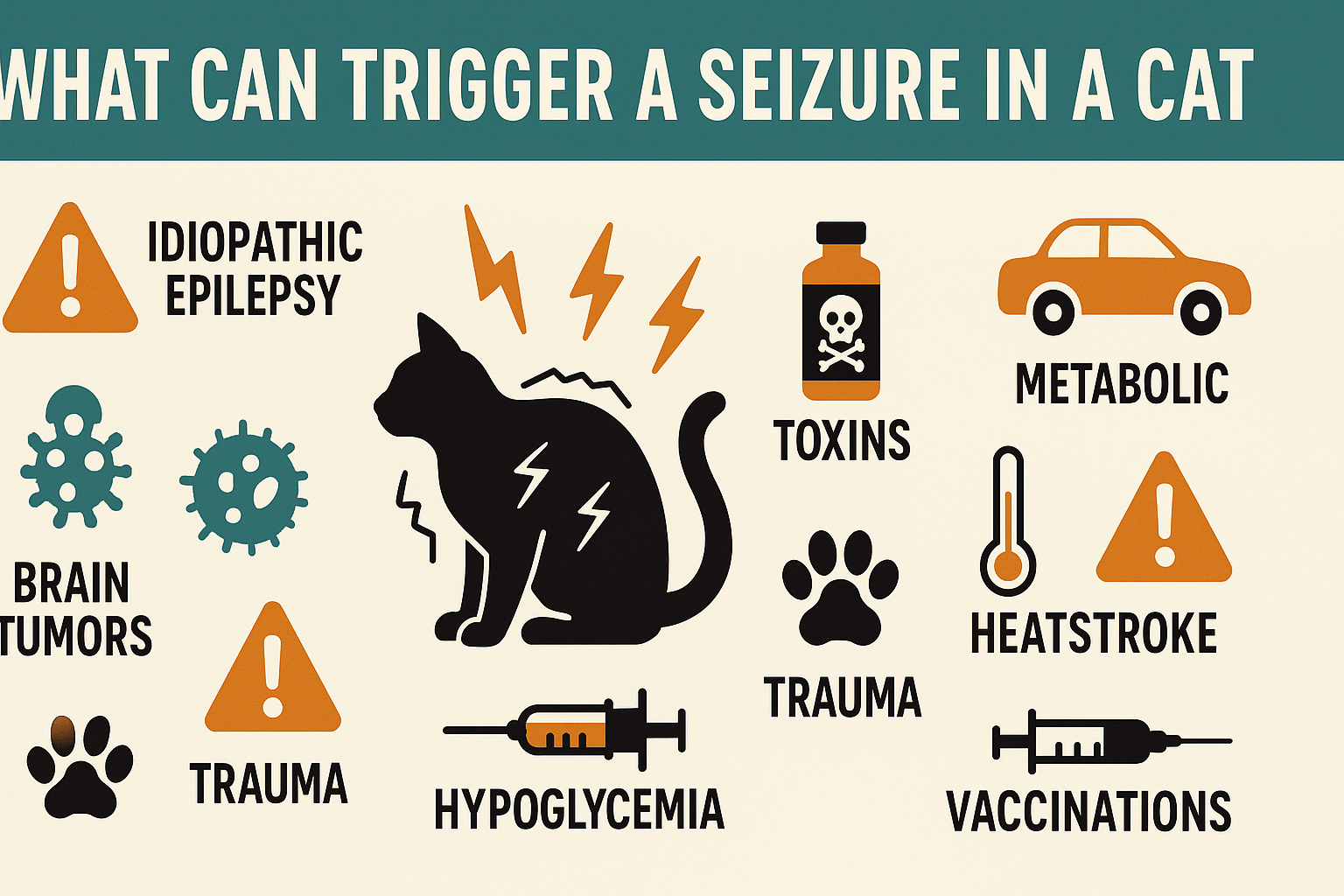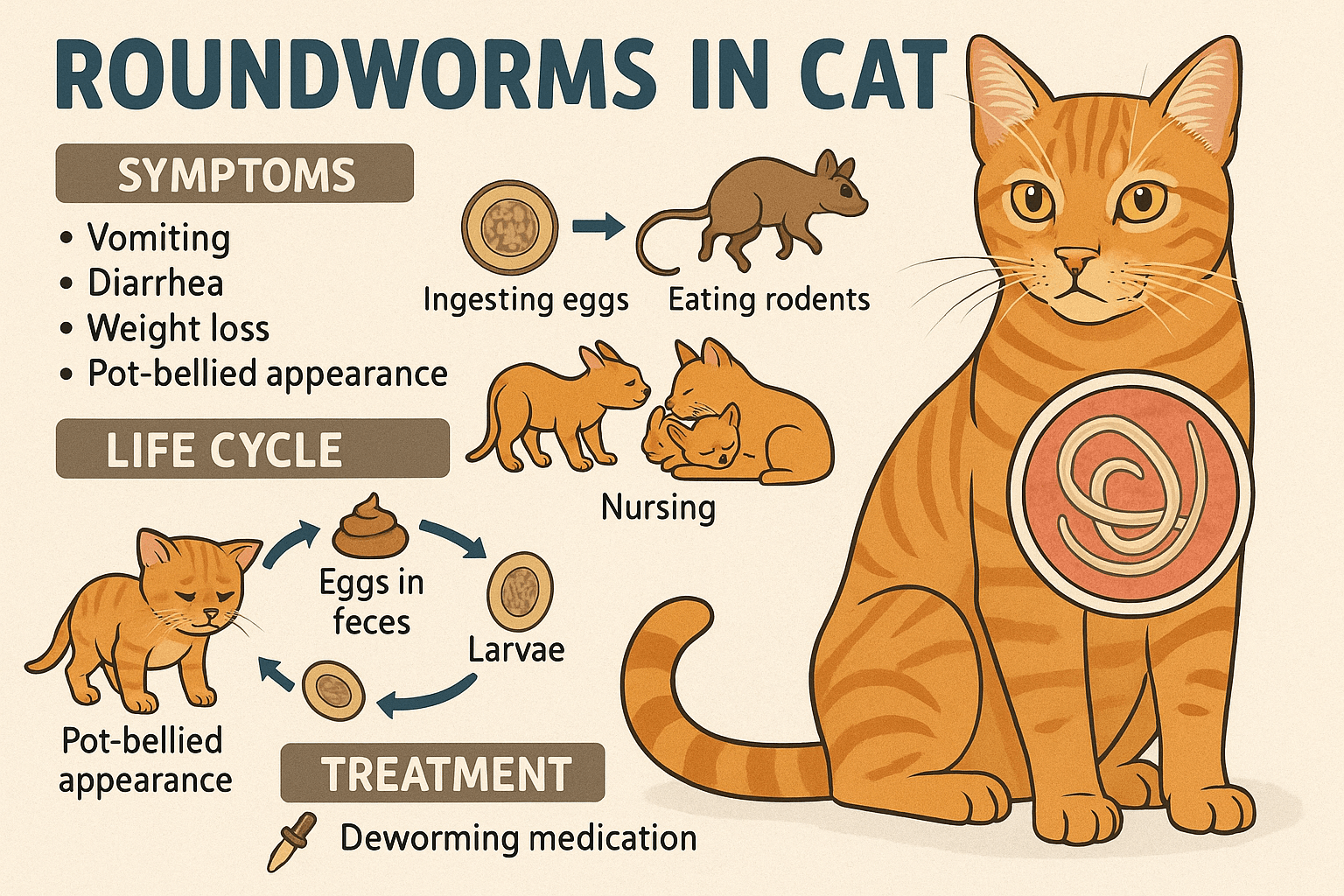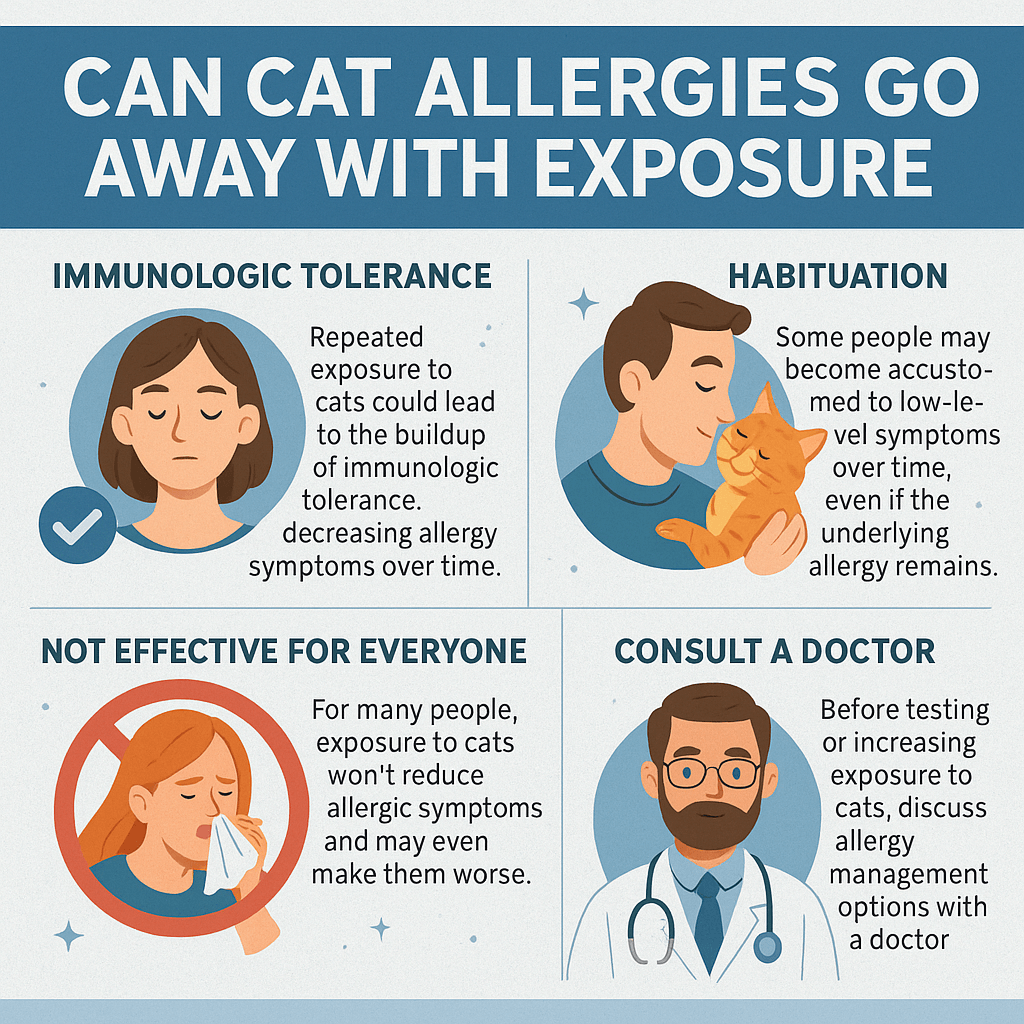Why Does My Cat Trill and Run Away?
Cats are fascinating creatures, full of quirky behaviors that often leave their owners wondering what’s going on in their furry heads. One such behavior is when your cat trills—a soft, chirpy sound—and then suddenly darts away. Is it a form of communication? A playful invitation? Or something else entirely? Understanding why your cat trills and runs away can help you connect with them on a deeper level and strengthen your bond. In this blog post, we’ll explore the reasons behind this unique behavior, decode your cat’s intentions, and provide tips to respond appropriately. Let’s dive into the world of feline communication and uncover the mystery behind your cat’s trilling and running antics!
What Is Cat Trilling and Why Do Cats Do It?
Cat trilling is a unique vocalization that falls somewhere between a purr and a meow. It’s often described as a high-pitched, rolling chirp that cats use to communicate with their humans or other animals. Here’s why cats trill and what it might mean:
Greeting : Cats trill as a friendly way to say hello, especially when they see you after being apart.
Affection : Trilling can be a sign of love and trust, indicating that your cat feels comfortable around you.
Playful Invitation : Sometimes, trilling is an invitation to play or interact, especially if your cat is feeling energetic.
Attention-Seeking : Your cat may trill to get your attention, whether they want food, petting, or simply to engage with you.
Mother-Kitten Bond : Trilling originates from kittenhood, where mother cats use it to call their kittens. Adult cats may retain this behavior to communicate with their “human family.”
Trilling is generally a positive behavior, but when combined with running away, it can take on a more playful or mischievous tone.
Reasons Why Your Cat Trills and Runs Away
When your cat trills and then dashes off, it’s likely engaging in a specific type of behavior. Here are some common explanations for this combination of actions:
Playful Energy : Cats have bursts of energy, especially during dawn or dusk. Trilling and running is their way of initiating playtime.
Hunting Instincts : Your cat may be mimicking hunting behavior, using the trill to “call” you into their game before darting away like prey.
Exploration Mode : Cats are naturally curious. Trilling and running could mean they’ve discovered something interesting and want you to follow.
Testing Boundaries : Some cats trill and run to see how you’ll react, testing your engagement in their antics.
Excitement Overload : If your cat is overly excited, they may trill and run as a way to release pent-up energy or emotions.
Understanding these motivations can help you respond appropriately and enjoy the interaction with your playful feline.
Check this guide 👉Why Cats Stealing Food: Best 7 Expert Tips!
Check this guide 👉Why Does My Cat Eat Too Fast and Throw Up? Best 7 Tips!
Check this guide 👉Why Is My Cat Breathing Fast While Resting? Best 7 Tips!
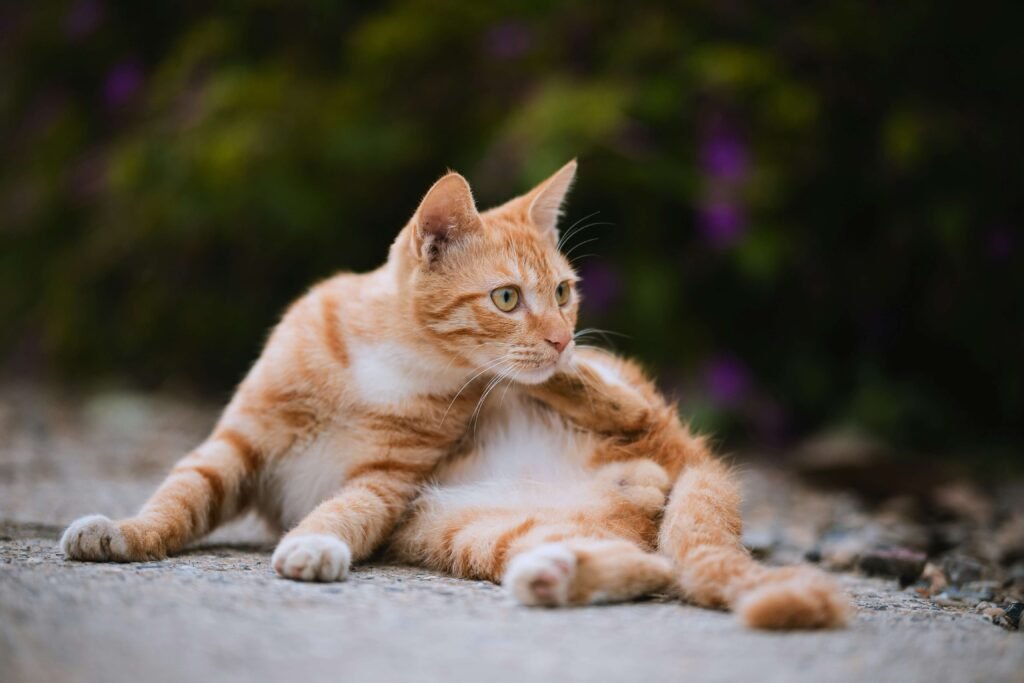
What Your Cat’s Trilling Might Mean | How to Respond Appropriately |
|---|---|
Greeting or affection | Greet them back warmly or give gentle pets |
Playful invitation | Engage in interactive play with toys |
Attention-seeking | Spend quality time with your cat |
Curiosity about something | Investigate what caught their interest |
Excited energy or overstimulation | Provide calming activities or quiet time |
How to Respond When Your Cat Trills and Runs Away
When your cat trills and runs, it’s important to respond in a way that aligns with their intentions. Here are some tips for handling this behavior:
Engage in Play : Use interactive toys like wand teasers or laser pointers to channel their playful energy.
Follow Their Lead : If they seem to want you to follow, join in their exploration—just ensure the area is safe.
Provide Mental Stimulation : Puzzle toys or treat-dispensing games can satisfy their curiosity and keep them entertained.
Set Boundaries : If their behavior becomes too demanding, gently redirect their attention to a toy or activity.
Reward Positive Behavior : Praise or reward your cat when they interact calmly, reinforcing good habits.
By responding thoughtfully, you can turn their trilling and running into a fun and bonding experience.
Tips for Managing Excessive Trilling and Running
If your cat’s trilling and running becomes excessive or disruptive, here are some strategies to manage their behavior:
Establish a Routine : Cats thrive on consistency. Set regular feeding, play, and sleep times to reduce erratic behavior.
Increase Exercise : Ensure your cat gets enough physical activity through daily play sessions to burn off excess energy.
Create a Stimulating Environment : Add climbing structures, scratching posts, and hiding spots to keep them mentally engaged.
Rule Out Stress : If the behavior seems unusual, check for stressors like changes in the home or health issues.
Consult a Vet : Persistent or sudden changes in behavior may indicate underlying medical concerns, so seek professional advice.
With patience and consistency, you can help your cat feel more balanced and reduce excessive trilling and running.
How to Encourage Playful Behavior in Cats
If your cat’s trilling and running is linked to playful energy, encouraging healthy play can help redirect their behavior. Here are some tips to foster positive interactions:
Interactive Toys : Use wand teasers or feather toys to engage your cat in active play sessions.
Rotate Toys Regularly : Keep your cat interested by swapping out toys every few days to prevent boredom.
Create Obstacle Courses : Set up tunnels, boxes, or climbing structures to stimulate their hunting instincts.
Incorporate Treats : Use treat-dispensing toys to combine playtime with mental challenges.
Schedule Playtime : Dedicate at least 15–20 minutes twice a day to structured play sessions.
By providing opportunities for physical and mental stimulation, you can satisfy your cat’s playful urges while strengthening your bond.
Signs Your Cat Is Stressed or Overstimulated
Sometimes, excessive trilling or erratic running can indicate stress or overstimulation. Here’s how to identify these signs and address them:
Excessive Grooming : Over-grooming can be a sign of anxiety or discomfort.
Hiding More Than Usual : If your cat retreats to secluded spots frequently, they may be feeling overwhelmed.
Aggression : Sudden hissing, swatting, or biting may signal overstimulation or fear.
Changes in Appetite : Refusing food or eating less than usual can indicate stress.
Dilated Pupils : Wide eyes paired with tense body language often suggest heightened alertness or fear.
If you notice these signs, try to identify potential stressors and provide calming solutions like quiet spaces or soothing routines.
Building a Stronger Bond with Your Cat
Understanding your cat’s behaviors, like trilling and running, can deepen your connection. Here are ways to strengthen your relationship:
Spend Quality Time Together : Engage in activities your cat enjoys, such as gentle petting or interactive play.
Learn Their Preferences : Pay attention to what types of interaction your cat responds to best, whether it’s cuddling or chasing toys.
Respect Their Space : Allow your cat to approach you on their terms, fostering trust and independence.
Use Positive Reinforcement : Reward good behavior with treats, praise, or affection to reinforce your bond.
Observe Body Language : Understanding your cat’s non-verbal cues helps you respond appropriately to their needs.
By nurturing mutual trust and respect, you’ll create a loving and harmonious relationship with your feline companion.
Frequently Asked Questions About Cat Trilling and Running
Is trilling normal for cats?
Yes, trilling is a natural form of communication and is generally a positive behavior.
Why does my cat trill at me specifically?
Cats trill at people they trust, often as a greeting or to seek attention.
Should I be concerned if my cat trills excessively?
Occasional trilling is fine, but excessive trilling may signal stress, boredom, or a health issue.
Can trilling be a sign of illness?
While trilling itself isn’t a sign of illness, sudden changes in vocalization patterns should be checked by a vet.
How can I encourage my cat to trill less at night?
Increase daytime play and mental stimulation to tire them out, and avoid reinforcing nighttime behavior with attention.
Decoding Your Cat’s Trilling and Running Behavior
Cats communicate in mysterious ways, and trilling followed by running is just one example of their playful and affectionate nature. By understanding the reasons behind this behavior, you can better connect with your feline friend and enjoy their unique personality. Whether it’s a playful invitation, a burst of energy, or simply a way to say hello, your cat’s trilling is a sign of their trust and bond with you. With patience, observation, and thoughtful responses, you can turn these moments into opportunities for fun and connection. Remember, every chirp and dash is your cat’s way of sharing their world with you—so embrace it and cherish the joy they bring to your life!
What Can Trigger a Seizure in a Cat? Best 7 Expert Tips! Discover causes, signs, and expert advice to help prevent and manage seizures in cats effectively.
Cat Vaccine Side Effects: Best 7 Expert Tips! Learn about common and rare side effects of cat vaccines, how to manage them, and ensure your feline stays healthy after vaccination.
Roundworms in Cats: Best 7 Expert Tips! Discover expert advice on identifying, preventing, and treating roundworms in cats to keep your feline healthy and parasite-free.
Can Cat Allergies Go Away with Exposure? Best 7 Tips! Discover expert advice on managing cat allergies, reducing symptoms, and understanding how exposure may help or hinder your condition.

